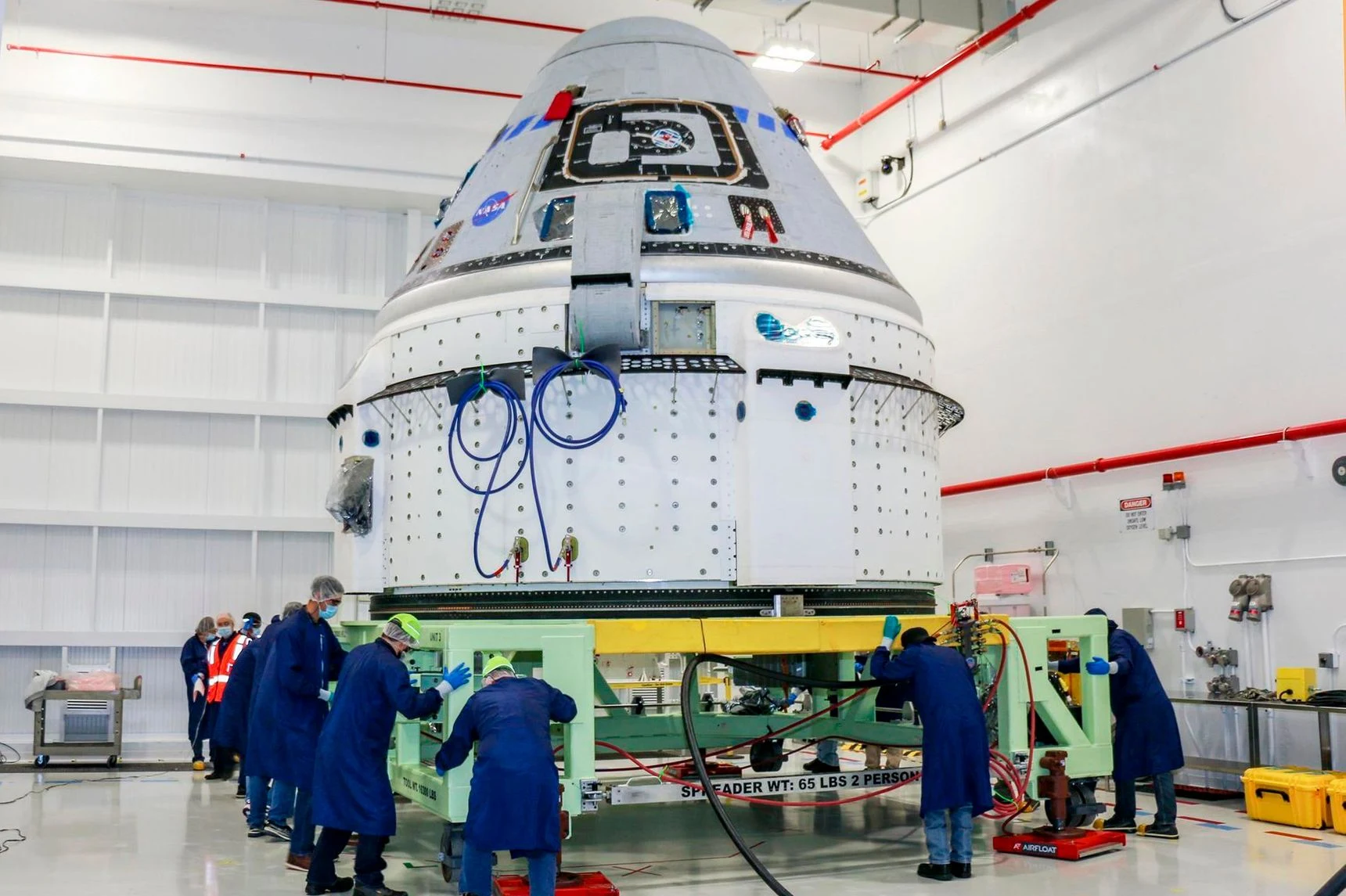In a photo made available by NASA, technicians prepared Boeing’s Starliner in June for a test flight /AP. Boeing Co. ’s Starliner space veh...
 |
| In a photo made available by NASA, technicians prepared Boeing’s Starliner in June for a test flight /AP. |
Boeing and the National Aeronautics and Space Administration had planned to fly the Starliner, without crew on board, to the International Space Station this past summer. The vehicle, launched into space on a rocket from which it separates, must complete such a test flight before it can try to ferry astronauts to the facility. Boeing and the space agency in August postponed a test mission because some valves on the Starliner’s propulsion system became stuck before launch.
Steve Stich, a program manager at NASA, said during a briefing Wednesday that there won’t be another opportunity this year to complete the Starliner demonstration flight, citing other missions to the space station and coming launches.
NASA said it had reassigned two agency astronauts, Nicole Mann and Josh Cassada, who had been tapped to fly on the Starliner during the vehicle’s test mission with crew on board and on a separate flight. Both will now travel to the space station on a future mission using a Space Exploration Technologies Corp. rocket and its Dragon crew capsule.
The agency said in a statement that it shifted Ms. Mann and Mr. Cassada to the future SpaceX launch “to allow Boeing time to complete the development of Starliner,” while permitting the astronauts to gain spaceflight experience.
A spokesman for Boeing said that the company supported NASA’s move to shift the assignments for the astronauts and that Boeing remained committed to safety. “We understand the agency’s need to make adjustments to get members of the current astronaut class flying experience on an operational vehicle while the development of the Starliner spacecraft continues,” he said.
After years of cost overruns, errors and delays, Boeing’s space program is facing a major test: Later this year it will likely make its second attempt to launch its Starliner crew capsule to the International Space Station. WSJ looks at the company’s path to this crucial moment, and what’s riding on the test flight’s success.
The planned launch of the Starliner in August was meant as a makeup of a botched flight of the vehicle in late 2019. During that mission, the Starliner ended up in the wrong orbit due to a programming error. It also faced a potentially catastrophic error involving its heat shield that was fixed during the flight. NASA has contracted with Boeing and SpaceX to transport astronauts to the space station. Last year, SpaceX launched two astronauts into orbit, the first human space flight from U.S. soil in nearly a decade.







